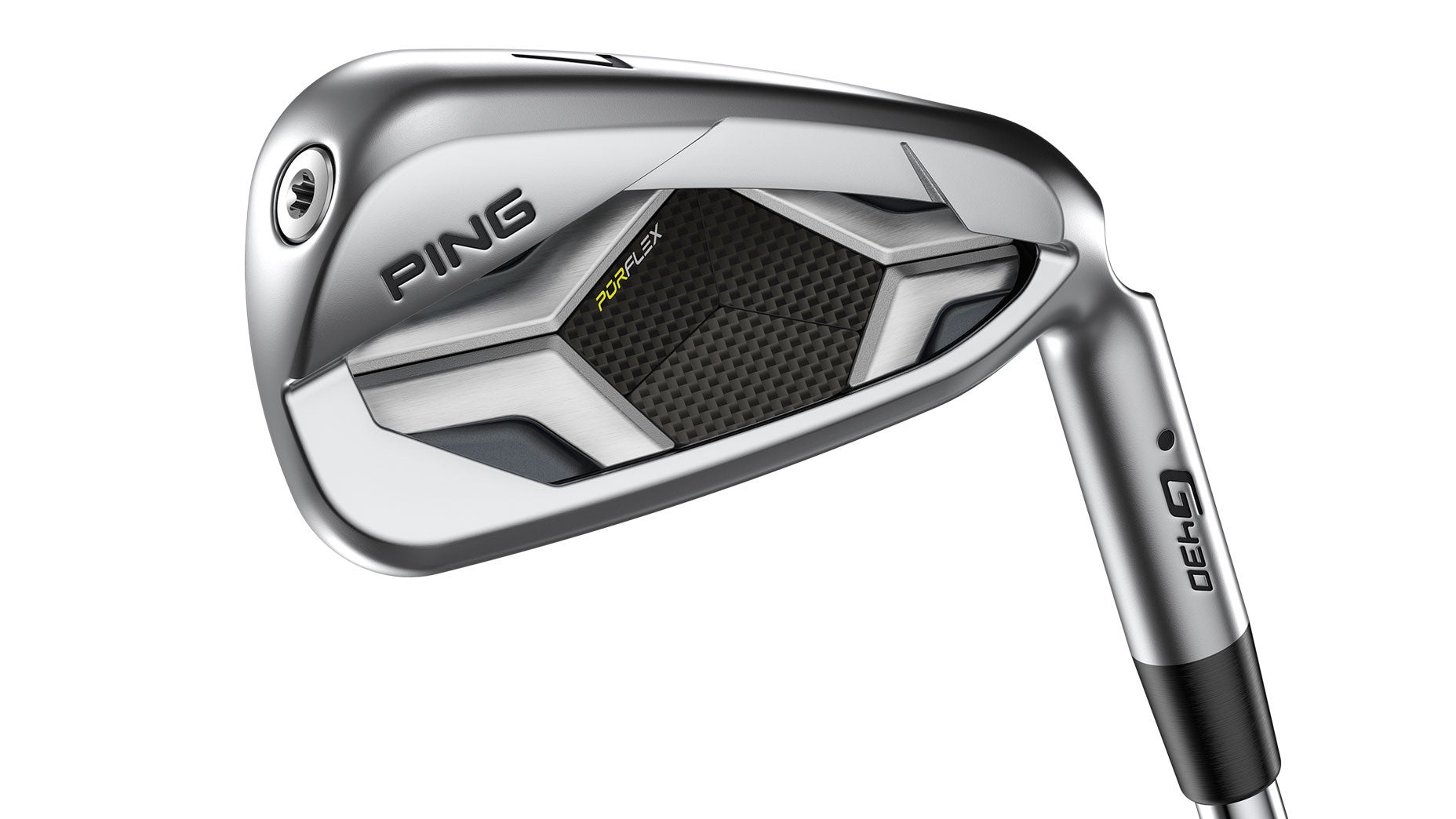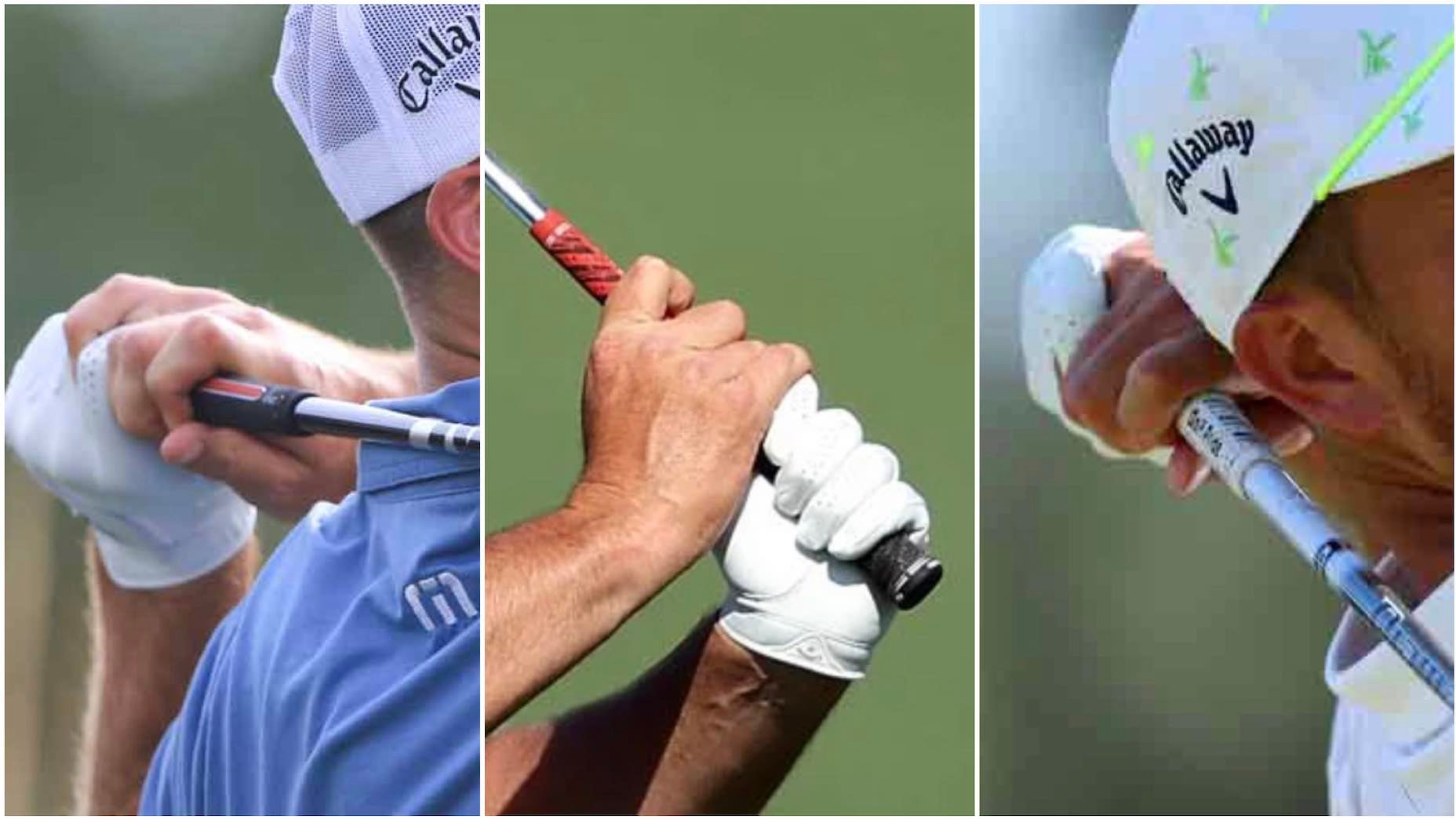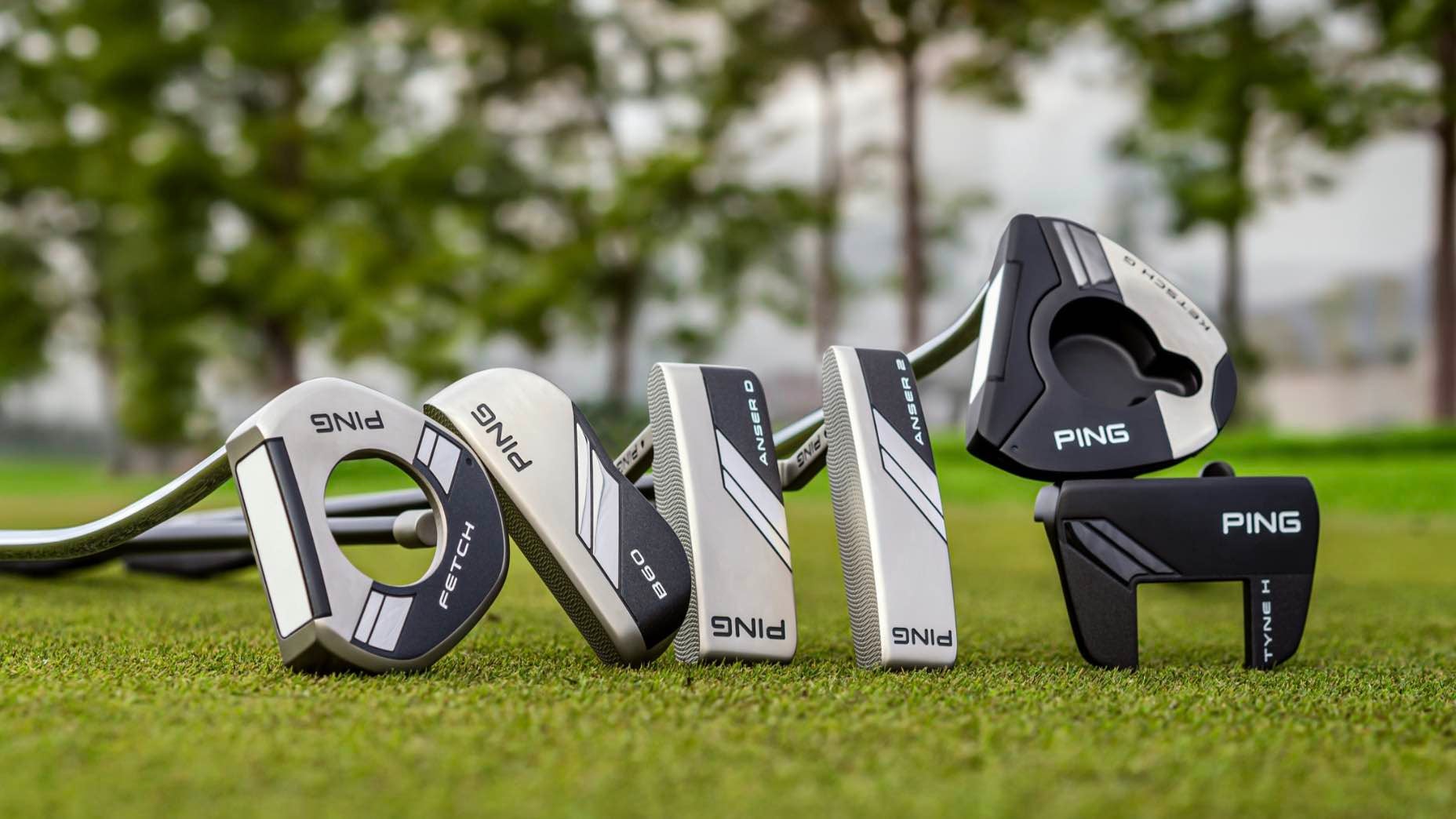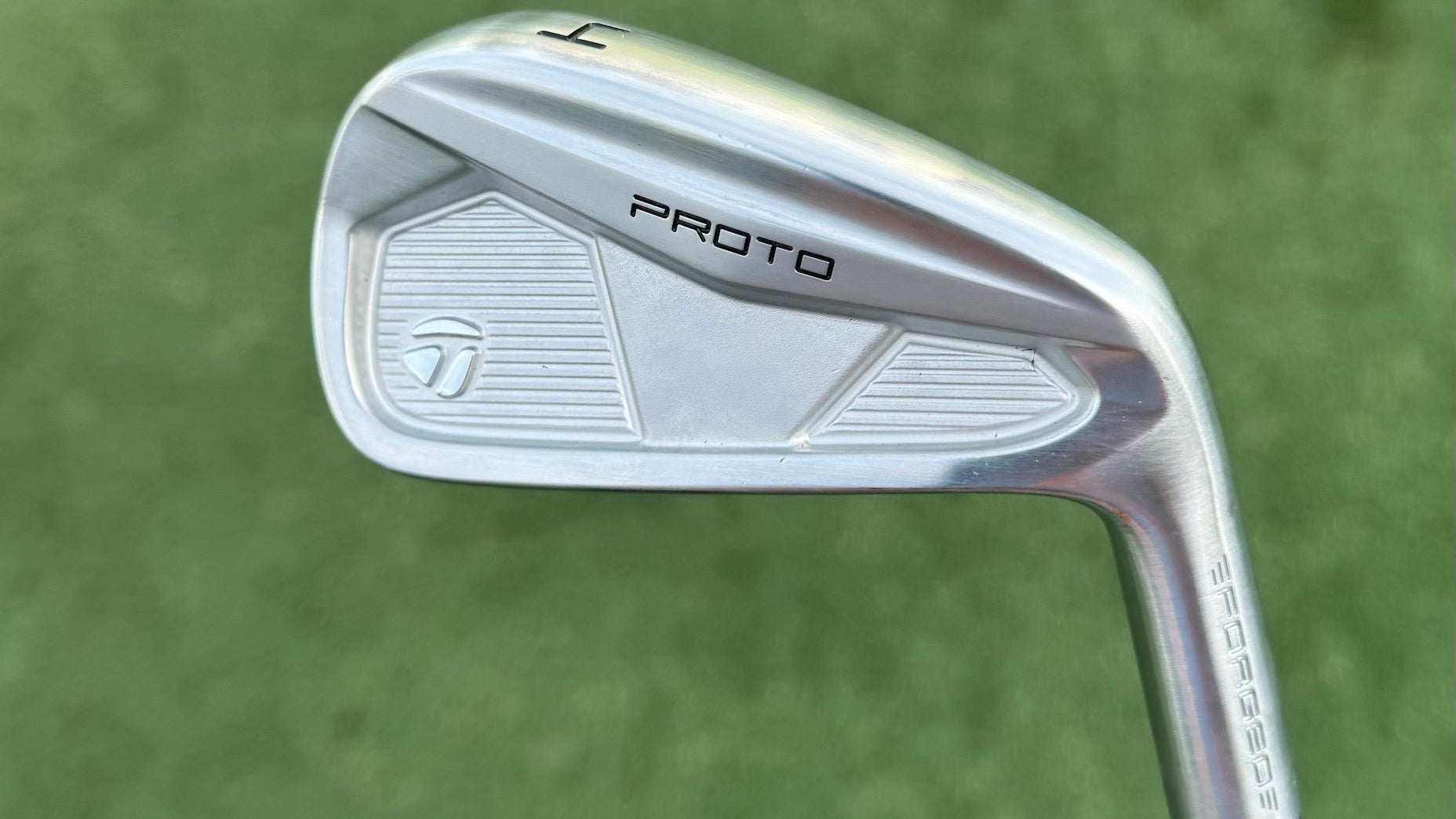If you want to rile up a golfer, utter two simple words: loft jacking. Compare the lofts on irons from 20 years ago to today’s current offerings and you’ll notice a trend toward stronger lofts, especially in the game-improvement and super game-improvement categories.
The general consensus among golfers is equipment manufacturers are “jacking” up the lofts to make them go 10-plus yards — all in the name of selling more clubs and beating the competition in head-to-head testing.
Is this really the case? On GOLF’s Fully Equipped podcast, Marty Jertson, Ping’s VP of fitting and performance, offered a peek behind the curtain at how the company builds one of its most popular irons, the game-improvement G430.
The 29-degree 7-iron is actually a degree or two weaker than other irons in the same category — to put that into perspective, a traditional 7-iron is usually 36 degrees — but there’s a reason why Ping designs the iron stronger in the first place, and it has everything to do with taking a holistic look at the entire set makeup and how it can best benefit golfers.
“I try to look at the long-term history of the game,” Jertson said. “Back in the day, you went pitching wedge, sand wedge. There were two wedges. Then 20 years ago, the gap wedge snuck in there. Now lofts have gotten a little bit stronger and folks are squeezing in one more wedge. I think the more important thing is for golfers to care less about the specific lofts and more about how those clubs perform on the golf course. I think that’s the more important thing.
“Set configurations have changed so much. Yes, lofts have gotten stronger. But we’ve been able to design them, at least at Ping, to loft flex,” he continued. “So we add loft dynamically while the ball is on the face. It might seem like an abstract concept but while the ball is on the face, the face is flexing back, relaxing kind of like you’re on a diving board. It has a little bit of a trampoline effect, but mostly it’s relaxing back and launching the ball in the air with an initial launch angle that’s 2 degrees higher. So the iron is performing as if it had an additional 2 degrees of loft on it. That’s the secret of our G-Series irons.”
In other words, while the 7-iron has a stated loft of 29 degrees, it actually performs as if it had 31 degrees at impact — where it truly matters. It’s not uncommon for golfers who play game-improvement irons to struggle with launch. With G430, it makes more sense to start at a stronger loft and then allow the club’s design to do the work to get the ball airborne in the right launch window.
Ping G430
Callaway has done something similar in the past with their Big Bertha B-21 to achieve the proper launch angle at impact.
“We have over 40 grams of Tungsten low and deep in the head of these irons,” Callaway’s Dave Neville told Fully Equipped in 2020. “So, if you were to have what we call ‘tour spec’ type of lofts on the Big Bertha irons, say a 46-degree pitching wedge … these would go straight up in the air and you would lose a ton of distance. Because of how wide that sole is, because of all the Tungsten that’s in there, you’re almost required to strengthen the lofts to get it into the launch window. And that’s really more important to us than what the static loft is.”
But back to Jertson’s most important take on the perceived loft-jacking epidemic.
“I would worry less about the lofts and more about how your clubs perform,” he concluded. “For instance, what’s the longest iron you should play?”
Instead of worrying about if the loft has gotten stronger, focus more on how the club performs and whether it’s a fit for your game. In the end, the loft is just a number, especially when the club checks all the important boxes (look, sound, feel) and produces a tight dispersion.
Want to overhaul your bag for 2023? Find a fitting location near you at True Spec Golf.











